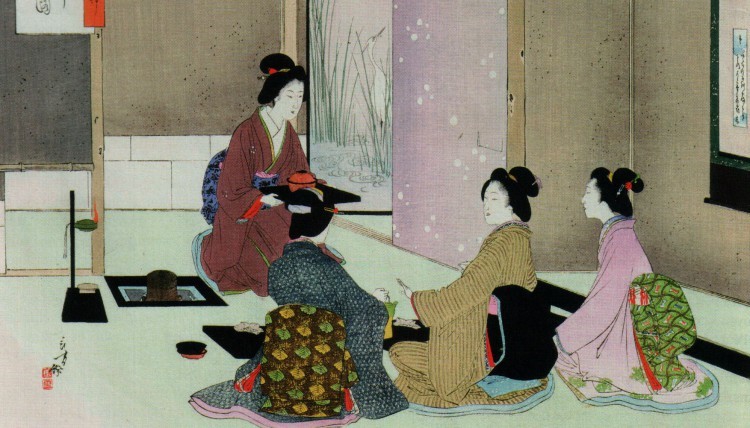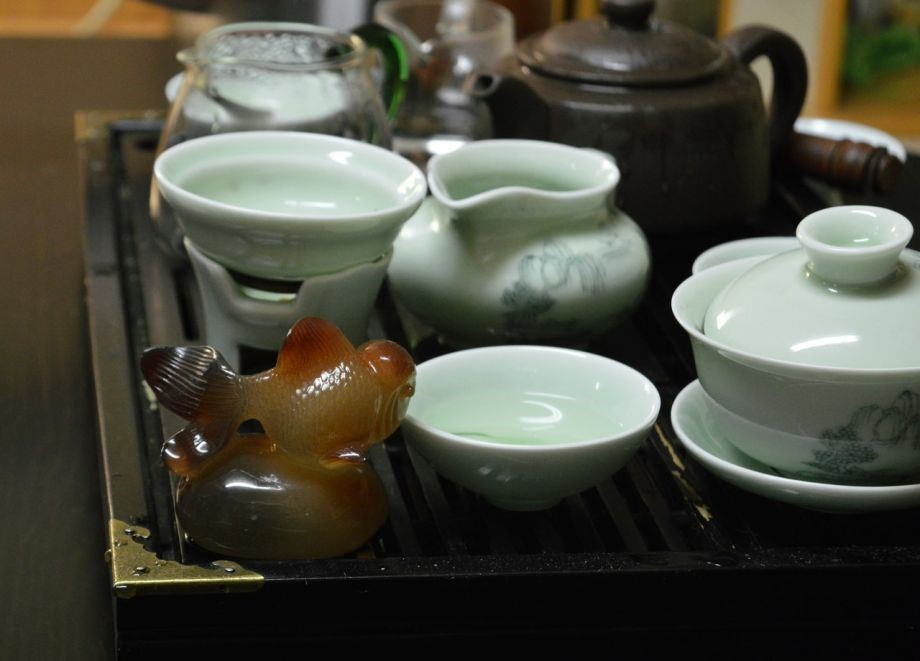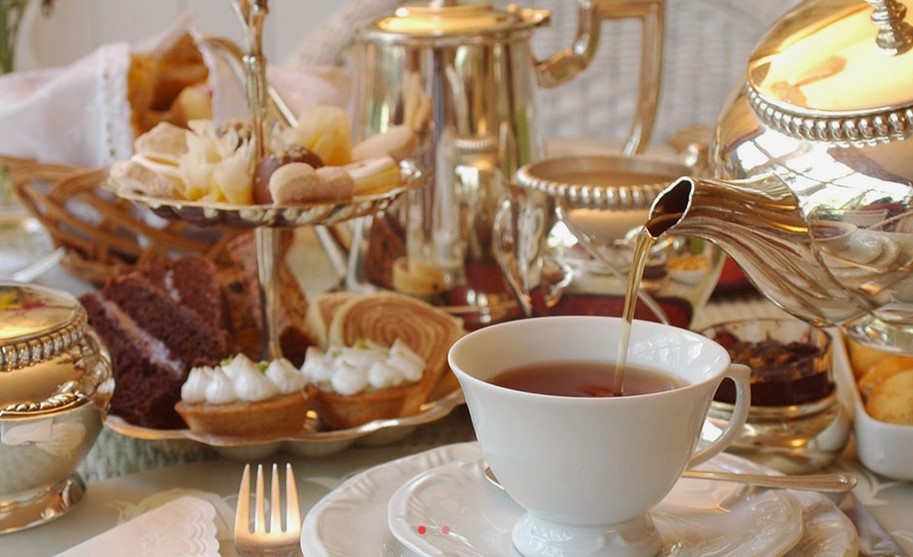Bestsellers
Go to filters
-
 $32.99 $26.00
$32.99 $26.00 -
 $32.99 $26.00
$32.99 $26.00 -
 $32.99 $26.00
$32.99 $26.00 -
 $69.99 $50.00
$69.99 $50.00 -
 $10.99 $9.00
$10.99 $9.00 -
 $24.99 $20.00
$24.99 $20.00 -
 $39.99 $31.00
$39.99 $31.00 -
 $29.99 $24.00
$29.99 $24.00 -
 $32.99 $26.00
$32.99 $26.00 -
 $29.99 $24.00
$29.99 $24.00 -
 $49.99 $25.00
$49.99 $25.00 -
 $9.99 $8.00
$9.99 $8.00 -
 $36.99 $27.00
$36.99 $27.00 -
 $16.99 $12.00
$16.99 $12.00 -
 $29.99 $20.00
$29.99 $20.00 -
 $24.99 $20.00
$24.99 $20.00 -
 $16.99 $9.00
$16.99 $9.00 -
 $19.99 $14.00
$19.99 $14.00 -
 $19.99 $10.00
$19.99 $10.00 -
 $36.99 $25.00
$36.99 $25.00 -
 $54.99 $44.00
$54.99 $44.00 -
 $19.99 $10.00
$19.99 $10.00 -
 $16.99 $10.00
$16.99 $10.00 -
 $16.99 $14.00
$16.99 $14.00 -
 $69.99 $52.00
$69.99 $52.00 -
 $59.99 $48.00
$59.99 $48.00 -
 $59.99 $48.00
$59.99 $48.00 -
 $84.99 $52.00
$84.99 $52.00 -
 $64.99 $39.00
$64.99 $39.00 -
 $64.99 $55.00
$64.99 $55.00




































